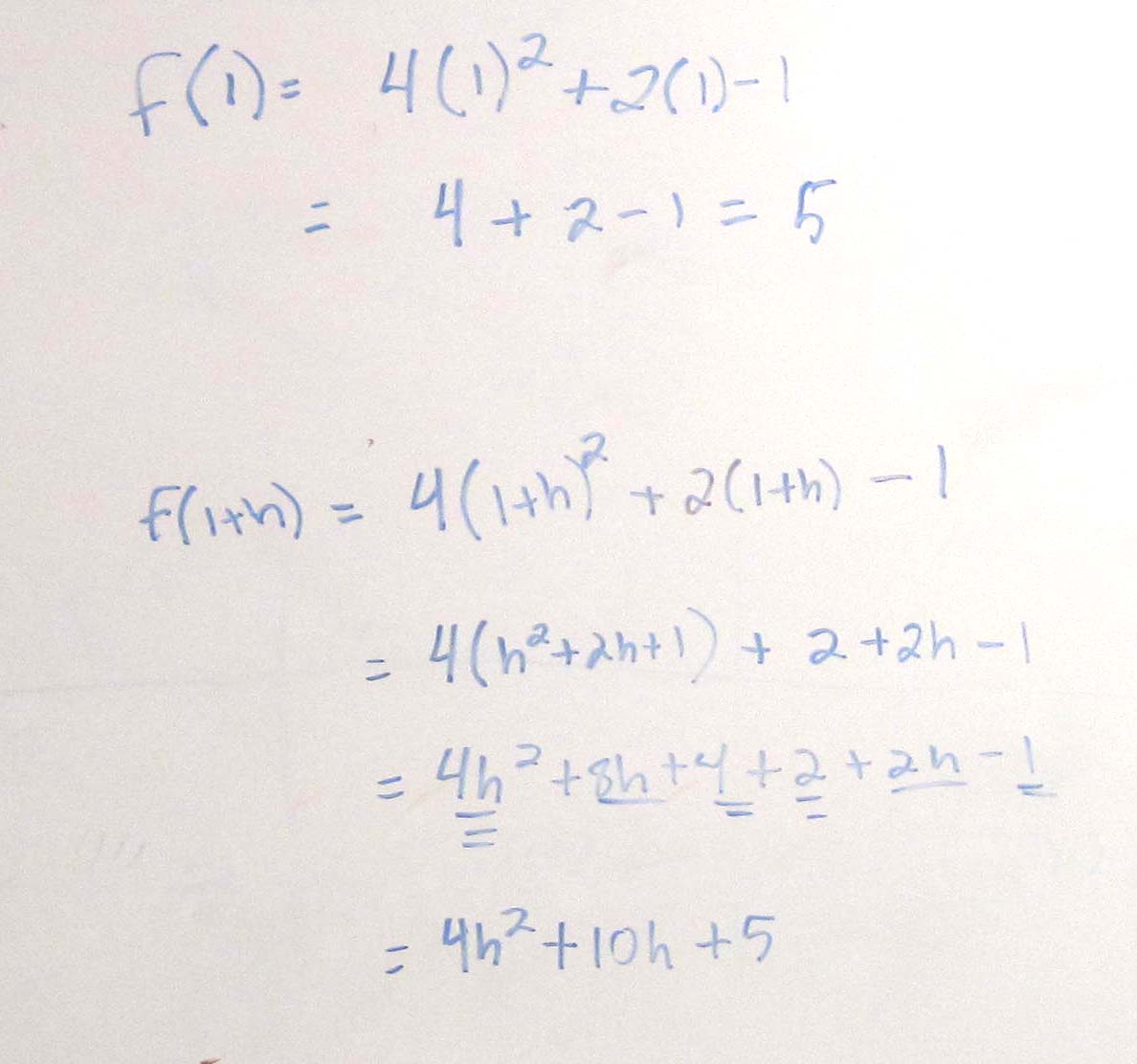Instantaneous Rate Of Change Calculus
As we already know the instantaneous rate of change of f x at a is its derivative f a lim h 0f a h f a h For small enough values of h f a f a h f a h We can then solve for f a h to get the amount of change formula f a h f a f a h 3 10 The derivative of a function describes the function's instantaneous rate of change at a certain point. Another common interpretation is that the derivative gives us the slope of the line tangent to the function's graph at that point..

We will point out and define a few adjectives there are many more for the functions pictured here 2 E Instantaneous Rate of Change The Derivative Exercises These are homework exercises to accompany David This calculus video tutorial provides a basic introduction into the instantaneous rate of change of functions as well as the average rate of change. The average rate of change is equal.

Instantaneous Rate Of Change Calculus
Calculus OpenStax 3 Derivatives 3 4 Derivatives as Rates of Change Page ID Instantaneous rate of change of a function youtube. How to find rate of change formulaHow limits are used in calculus finding a function s instantaneous.

Calculus Find The Instantaneous Rate Of Change At X 1

How Do You Find The Instantaneous Rate Of Change Math FAQ
For an estimation of the instantaneous rate of change of a function at a point draw a line between two points reference points very close to your desired point and determine the slope of that line You can improve the accuracy of your estimate by choosing reference points closer to your desired point The instantaneous rate of change of a function f (x) f (x) at a specific point x=c x = c is denoted as f' (x) f ′(x) and is given by the limit: f' (c) = \lim_ {h \to 0} \frac {f (c + h) - f (c)} {h} f (c) = h→0lim hf (c+h)−f (c) This limit represents the slope of the tangent line to the graph of f (x) f (x) at the point (c, f (c) ) (c,f (c)).
The derivative tells us the rate of change of one quantity compared to another at a particular instant or point so we call it instantaneous rate of change This concept has many applications in electricity dynamics economics fluid flow population modelling queuing theory and so on The instantaneous rate of change (IRC) is a concept in calculus that measures how quickly a function is changing at a specific point on its graph. It is also referred to as the derivative of the function at that particular point. To understand IRC, let’s consider a function f (x) that represents the height of an object at different points in time.